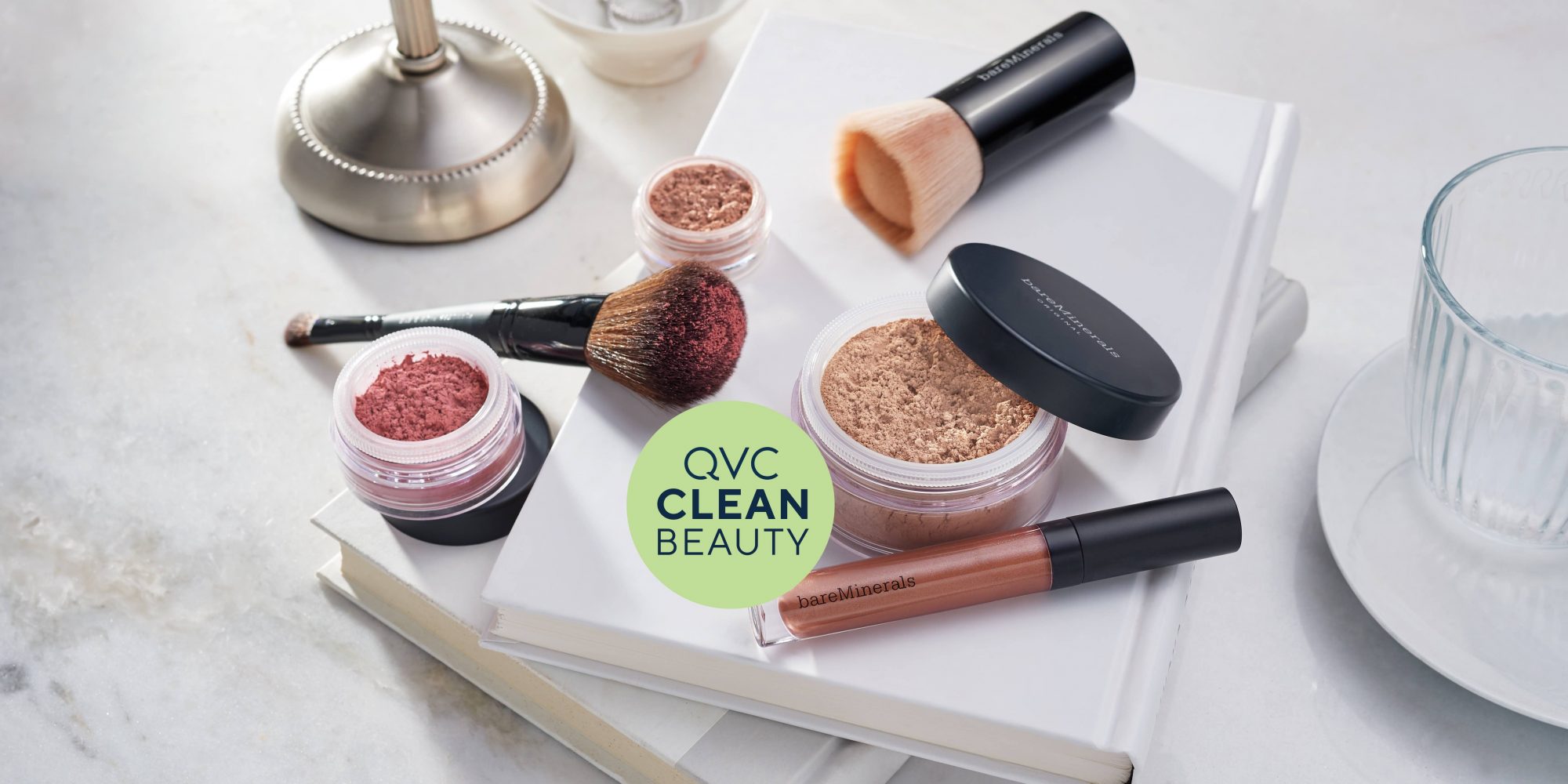
An Inside Look At The Making Of The Clean Beauty Seal At QVC And HSN
A little over a month ago, QVC and HSN introduced a clean beauty seal designating cruelty-free skincare and makeup brands avoiding a host of hot-button ingredients in their formulations, including sulfates, parabens, triclosan, coal tar, talc, aluminum, phthalates, petrolatum, mineral oil and formaldehydes, as clean.
Rob Robillard, vice president of integrated beauty merchandising at the television shopping networks’ parent company Qurate Retail Inc., had been thinking about creating such a seal since the moment he walked into its West Chester, Penn., headquarters nearly two years ago. Arriving at Qurate after leading organic personal care manufacturer Sensible Organics, he was well aware of consumer interest in and confusion over clean beauty.
“I always have had a great appreciation for the need to bring clarity to this category, and as other retailers, whether it was Sephora, Credo or Follain, were setting clean beauty standards, I really felt it would be important for QVC and HSN to have a point of view,” says Robillard. “The QVC and HSN customer is three to five years behind on the trends. Given that the industry conversation around clean beauty picked up around four years ago, it was the right time to provide clarity on what clean means to QVC and HSN.”
Legal considerations played a strong role in Qurate’s clean beauty delineation. Regulated by the Federal Trade Commission, QVC and HSN must comply with policies requiring the truthful substantiation of marketing claims that most beauty retailers don’t have to deal with. As a result, prior to the clean beauty seal, brands couldn’t throw around the clean beauty term because it hadn’t been a vetted term they could make claims against. They were permitted to promote that their products were “free from” select ingredients as long as they had verified that their formulas indeed excluded those ingredients.
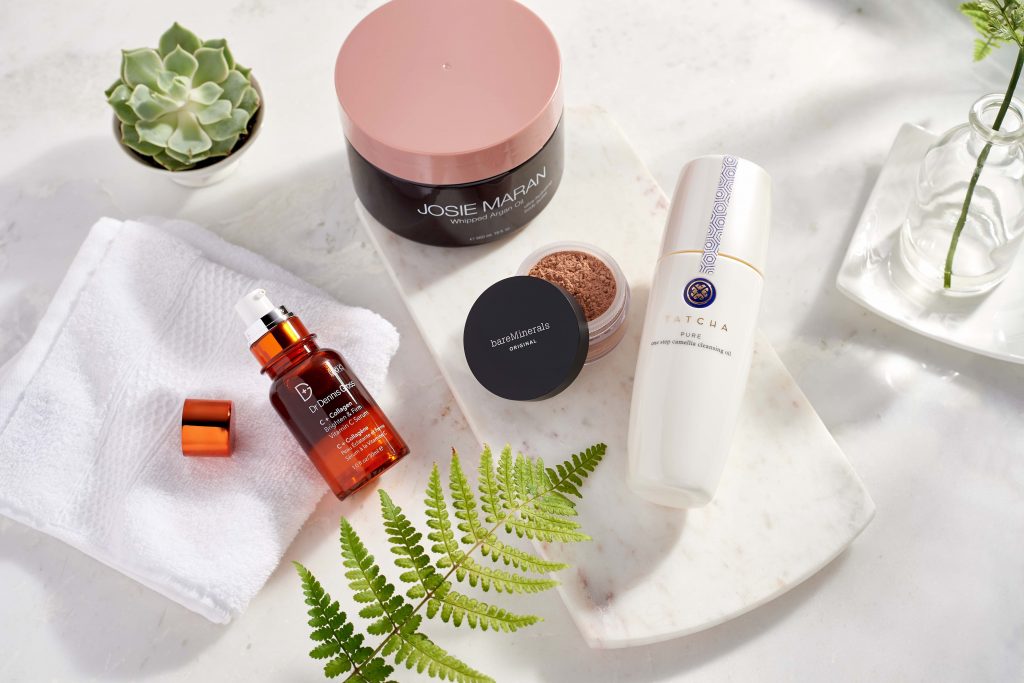
The QVC and HSN clean beauty seal puts the onus on brands to ensure their products are conforming to its stipulations. “We hold our community legally responsible for audits on this new standard,” explains Robillard. “When we set the standard originally, we said, ‘You need to collect information to determine if you meet this standard, and don’t send this right back to us. It’s going to take more than 24 hours to collect.’ It helps us in terms of litigation to have a really clear standard and a solid documentation process.”
With the clean beauty seal and extensive documentation to back up the brands obtaining it in place, the term clean beauty can be used on air and e-commerce platforms to market the brands carrying the seal. Among the brands currently adhering to QVC’s and HSN’s clean beauty definition are Bare Minerals, Josie Maran, Alpyn, Dr. Gross, LashFood, BrowFood, Fountain of Truth, Beekman 1802, Airelle, Freedom, Skinfix, Dr. Roebucks, Face Atelier, Megababe, Chuda, Pop Smile, Tweak’d by Nature, and Locks and Mane. Brands have to stick to the clean beauty specifications across their product ranges to receive the seal.
“It enables my buying team to really go after this category. They felt they couldn’t before because we didn’t really have a definition, so we couldn’t communicate it on air.”
The seal is expected to usher in a broader clean beauty collection at QVC and HSN. “It enables my buying team to really go after this category. They felt they couldn’t before because we didn’t really have a definition, so we couldn’t communicate it on air, and it made it challenging for brands to get through legal,” says Robillard, adding, “Skincare and body care are clearly the biggest needs, and that is where the customer is the most focused. Those two are our biggest focuses for the coming year.”
In shaping Qurate’s list of ingredients banned for beauty brands deemed clean, it relied heavily on its audience’s understanding of the meaning of clean beauty. Parabens are widely recognized as a group of compounds that don’t live up to clean beauty ideals. Beyond parabens, Robillard zeroed in on talc and aluminum. Specifically in deodorant, aluminum is an ingredient shoppers are increasingly sidestepping.
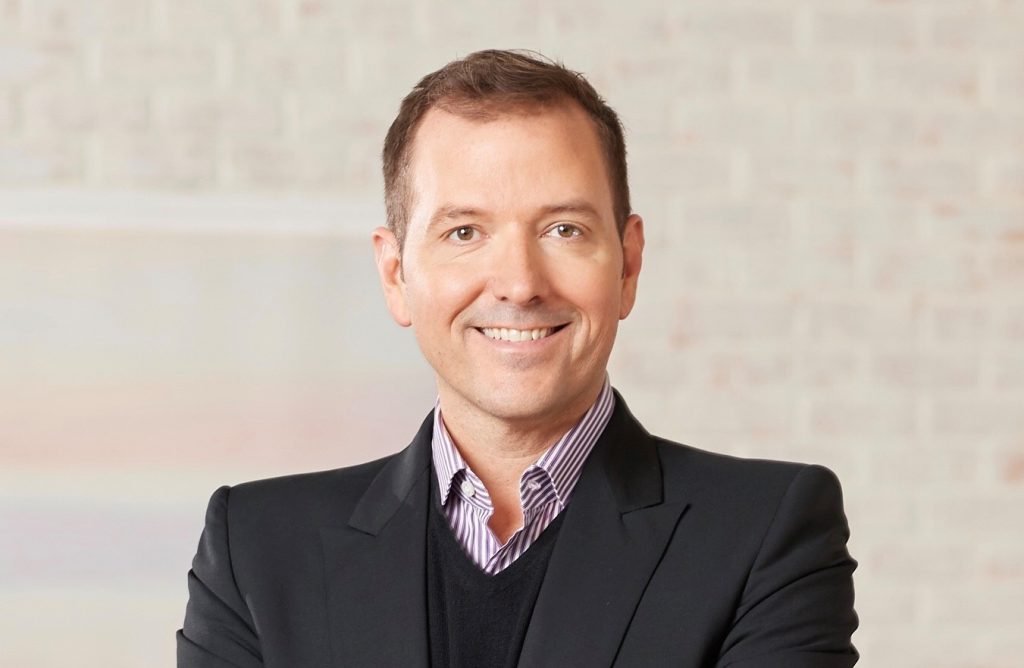
Ongoing lawsuits connecting talc to cancer—Johnson & Johnson’s involving baby powder being particularly high profile—were part of the rationale in Qurate’s decision to steer clear of the ingredient in its clean beauty program. Robillard didn’t want to complicate the issue by permitting talc under some conditions and not under others. Sephora permits asbestos-free talc in clean beauty products. “We took a non-exception-based standard,” says Robillard.
He also considered it critical to link Qurate’s clean beauty seal to cruelty-free positioning. The cruelty-free stances of brands is more significant to many consumers than their clean beauty stances. Brands with the Qurate clean beauty seal must have certification showing they don’t test on animals. Robillard says, “To me, it’s the cost of entry. If you are going to be a clean brand, you have to be cruelty-free.”
“Will it ever be 45% of our business? Probably not over the next couple of years, but maybe five years out it could be.”
As retailers institute clean beauty standards, a concern has arisen that brands not abiding by them would be derided as “dirty,” but Robillard suggests that hasn’t been a problem. “We haven’t seen any negative customer response,” he says. Robillard reasons, “Women make different choices on different days, and there are many different perspectives on this category. There are certainly women that only want to buy at clean beauty that shop at Follain and Credo and will, hopefully, shop from our clean beauty assortment. There are some women that, in their haircare, they might not go clean, but they may in skincare.”
QVC’s and HSN’s core customers are women aged 35- to 64-years old. For the majority of them, clean beauty isn’t a priority currently. Beauty is QVC’s second-largest merchandise segment, according to Qurate’s annual report, and it propelled $1 billion-plus in sales last fiscal year for the channel, which reaches over 96 million television households in the United States. Home is QVC’s largest merchandise segment. Robillard says, “Beauty is a great tool for bringing women into our ecosystem because they love us, and they love the brands that we have. Once we bring in the beauty customer, she’s the most valuable customer.”
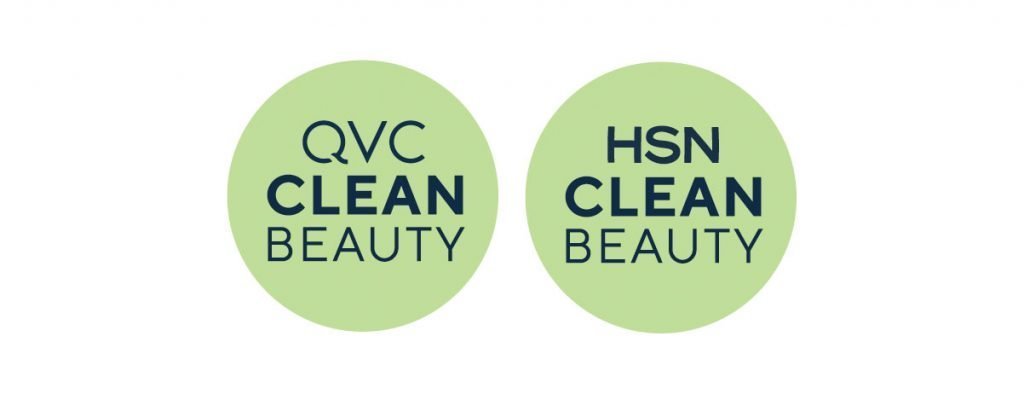
As Qurate looks to attract younger customers, its clean beauty repertoire presents an opportunity. “Will it ever be 45% of our business? Probably not over the next couple of years, but maybe five years out it could be. We are going after older millennials, where this is really important,” says Robillard. “Trying to be ahead of it with having the standard out and getting the brands in the assortment now is going to have a three- to five-year impact on the business.” Asked about a clean beauty marketing push, he responds, “It’s a small part of the business, so it’s it not something we are doing to double down on for our marketing spend. It’s going to be a slow build and slow investment that’s incremental to what we are doing now.”
There are no plans to adjust Qurate’s clean beauty seal immediately, but it’s not intended to be a static standard. As ideas about fragrance ingredient transparency and sustainability evolve, for example, the company will likely evolve with them. “We won’t revisit it out of the gate, but, for sure, I’m going to keep an eye on when something meaningful comes to a head,” says Robillard. “What we would simply do is update the standard, and let the customers know that we have updated it.”

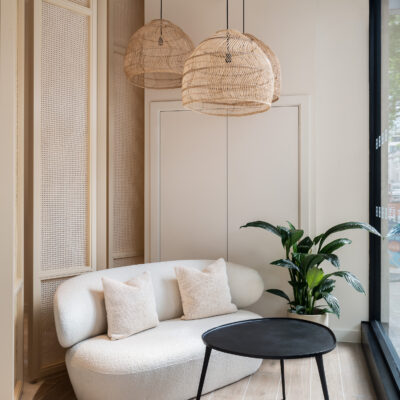
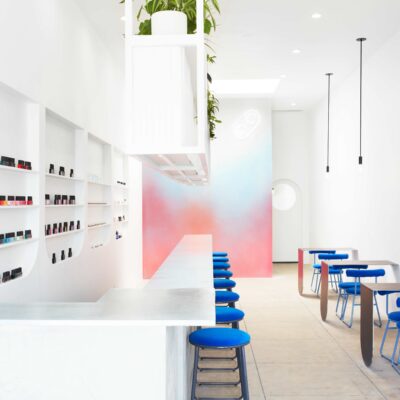
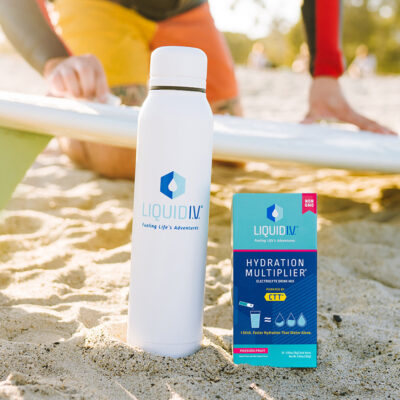

Leave a Reply
You must be logged in to post a comment.